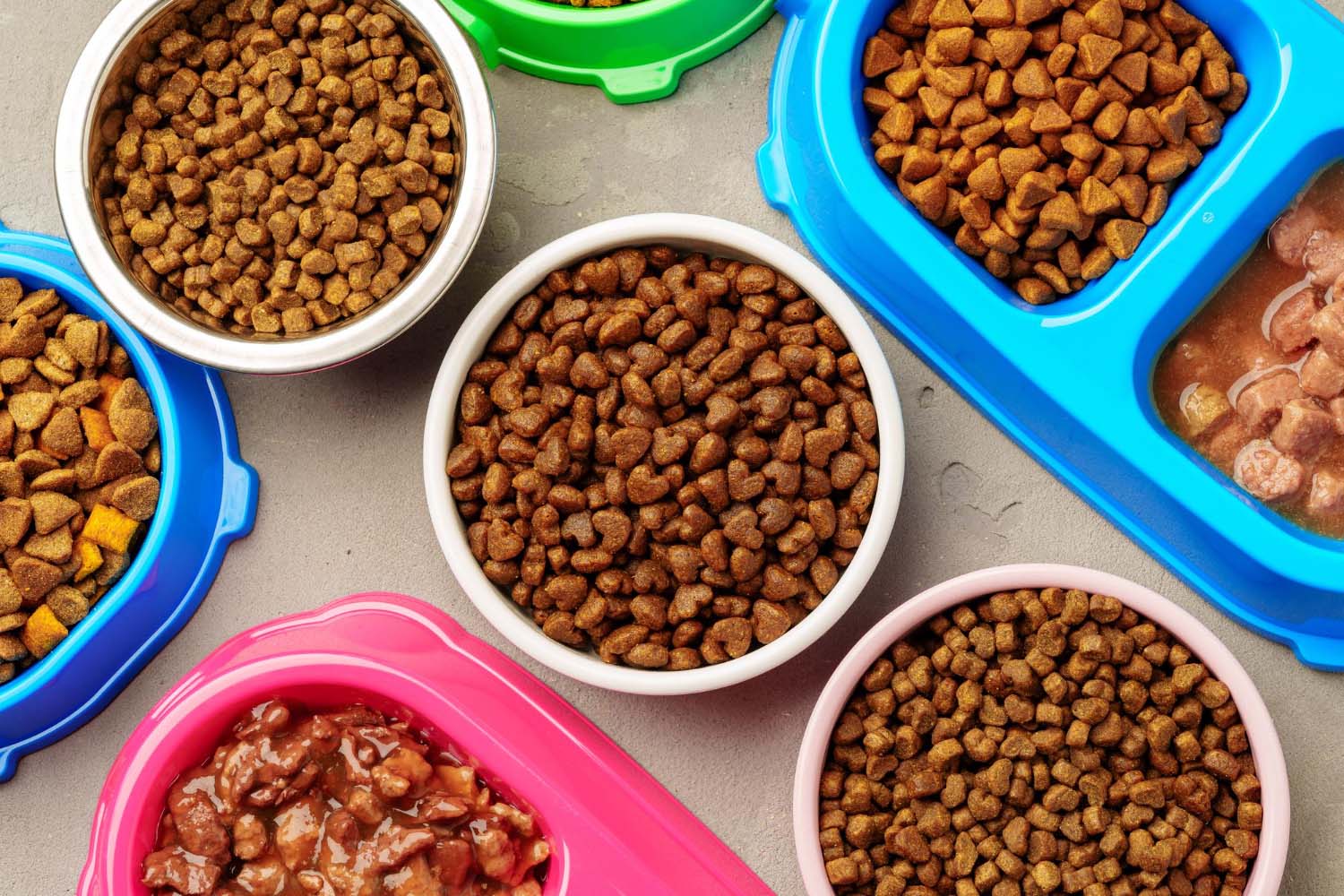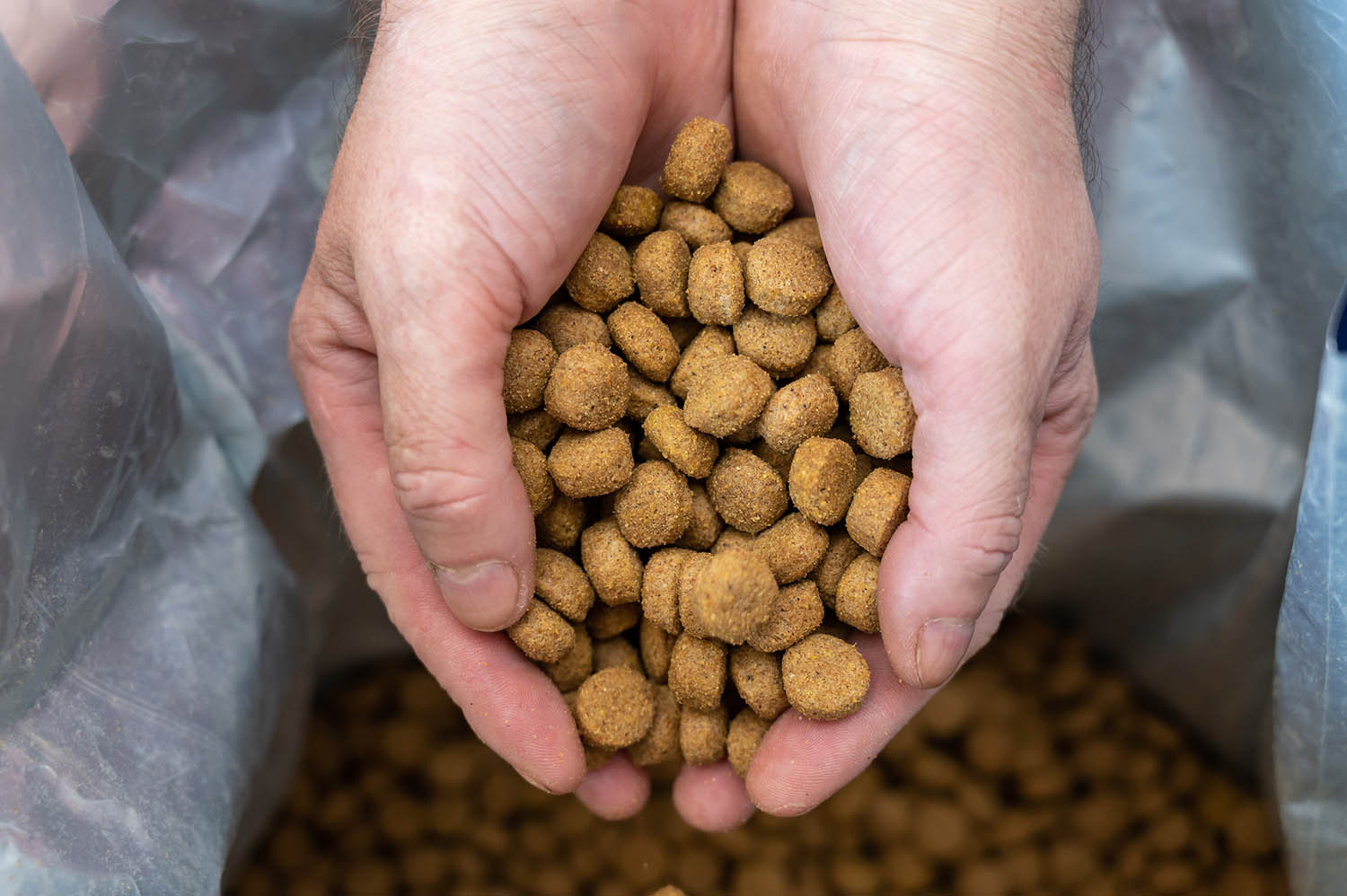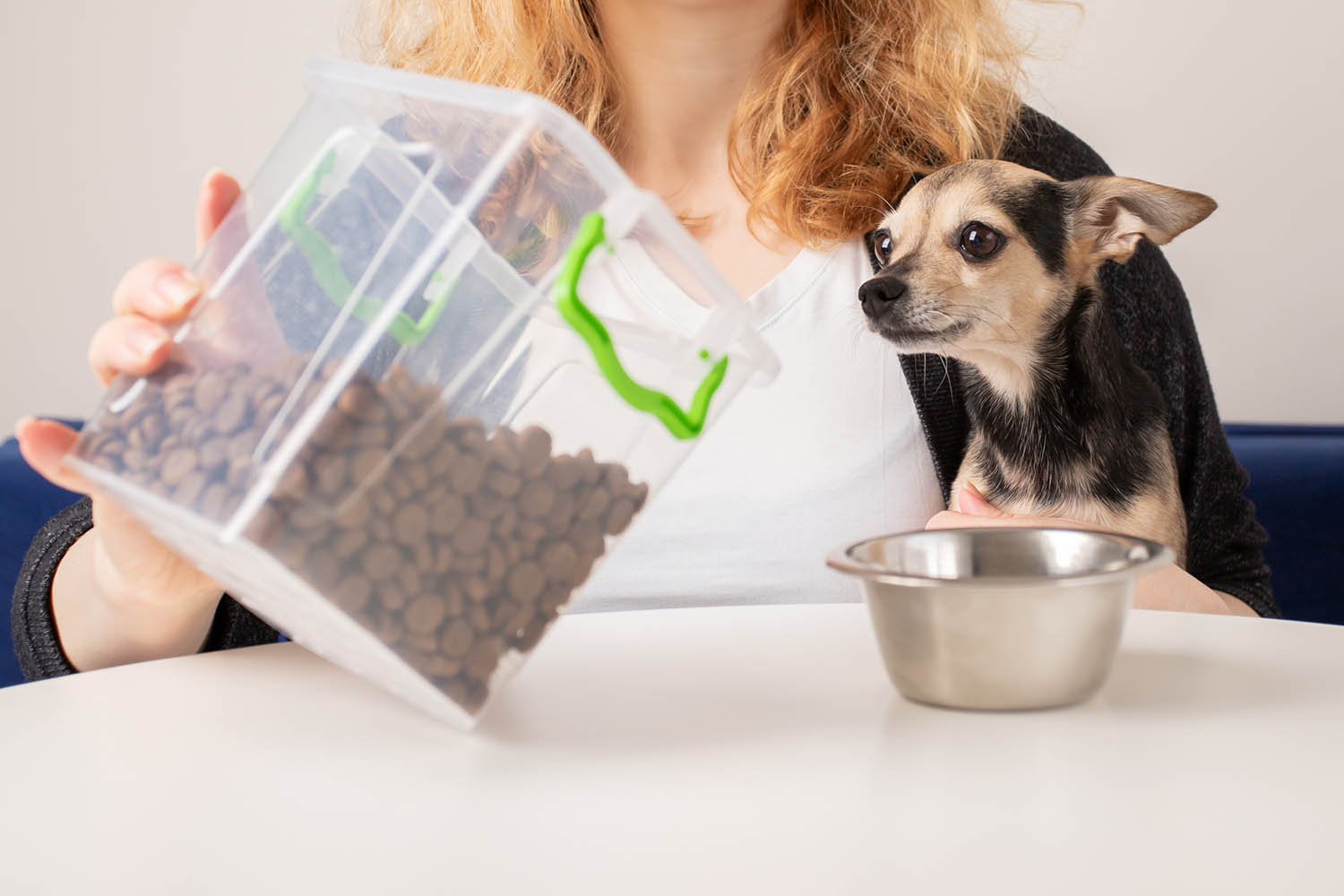Pet lovers face many options when selecting food for their dog or cat, with different types of food and ingredients available. As the voice of U.S. pet food makers, the Pet Food Institute (PFI) receives a variety of questions about the array of pet food choices. Our members, who make the vast majority of pet food sold in the United States, produce a range of safe choices that offer the nutrition that pets need to enjoy a long and healthy life. Here we help break down some of the common questions from pet lovers to help them make informed and educated choices.
1. Does the age of my pet matter when it comes to what pet food to buy?
Kittens and puppies have different nutritional needs than those of adult cats and dogs. For example, young pets should eat more energy-dense food that’s higher in calories to support their growth, as well as consume more of certain essential nutrients that support proper development.
When selecting a pet food, it’s important to determine if your pet is finished growing. Then, look at the pet food label for the intended life stage of the cat or dog food, which typically indicates the food is for growing puppies and kittens, adult pets, or pets of all life stages.
Typically, cats are fully grown by 10-12 months of age, but, for dogs, it varies by size. It’s best to consult your veterinarian to determine if your pet is fully grown and can be switched to adult pet food.
2. What should I know about different types of pet food?
With so many options available, it’s helpful to know some key facts about different types of pet food.
Wet, Dry and Fresh
Wet, dry or fresh pet foods can all be safe, nutritionally balanced options for a cat or dog. Primary differences between wet and dry pet food are the cooking processes and the moisture content. Dry pet food typically has a 10-12 percent moisture content, while wet pet food contains 75-78 percent moisture. If you feel that your pet doesn’t drink enough water, wet pet food may support his or her hydration needs. It’s also more suitable for pets with dental issues.
If considering fresh food, know that it must be kept in the refrigerator to preserve freshness and quality. No matter the type of diet, PFI member companies follow practices and procedures to ensure this food is safe and provides complete nutrition.
Organic and Natural
If your family is looking for organic or natural pet food, know that these standards are closely defined by regulators. Pet food and treat makers develop organic products under the same rules established by the U.S. Department of Agriculture (USDA) that human food manufacturers follow. Under USDA’s National Organic Program (NOP), the agency develops regulations and guidance on organic standards and manages the National List of Allowed and Prohibited Substances.
When you see pet food labeled as “natural,” know that there are specific guidelines that help dictate what that can or cannot mean. Natural pet food is defined by the Association of American Feed Control Officials (AAFCO) as “a feed or feed ingredient derived solely from plant, animal or mined sources, but not having been produced by or subject to a chemically synthetic process and not containing any additives or processing aids that are chemically synthetic except in amounts as might occur in good manufacturing practices.” States that use the AAFCO model legislation will require pet food makers to comply with these definitions and guidelines.
Raw Pet Food
Are you considering raw pet food? Be advised that during a two-year study conducted by the U.S. Food & Drug Administration (FDA), the agency found that raw pet food was more likely to contain foodborne bacteria, such as Salmonella or Listeria, than other forms of pet food. Humans can be exposed to these potentially dangerous bacteria through steps such as handling the raw food or being licked by their pet. Pet food makers may take steps such as high-pressure processing (HPP) to seek to control the presence of these bacteria. PFI strongly suggests that pet lovers consult with their veterinarian before feeding cats or dogs raw food.
Colors, Flavors and Preservatives
Colors, flavors and preservatives may be added to pet food to enhance it in some way, whether that is through the food’s taste, appearance, or shelf-life. These ingredients, along with other ingredients that may be added to a pet food recipe for a functional purpose, are regulated at the state and federal levels and have been recognized as safe.
3. What ingredients should pet lovers look for?
Pet food makers consider a diverse mix of ingredients when developing a cat or dog food recipe to ensure that each serving is complete and balanced, meaning that it meets a pet’s total nutritional needs and provides essential nutrients at the proper levels. Are you curious about chemical-sounding names on the ingredient list? These are often the vitamins and minerals included in the pet food, which are required to be listed by their technical names, as opposed to their more common names.
The ingredients used in a recipe will vary based on nutritional content, function, consumer demand and price points, but pet food ingredients are regulated at state or federal levels. Diagnosed food allergies are relatively uncommon in cats and dogs and are best identified through a careful elimination diet conducted with a veterinarian.
4. Does it matter how pet food is stored at home?
Don’t forget that pet food storage is an important part of food safety. Proper tips for storing pet food include checking the packaging for damages before bringing it home, keeping bags and cans of pet food in a dry, cool location off the ground, always sealing the bag, and keeping it out of reach of curious children and pets.
Do you have more questions about pet food and treats? Visit our Frequently Asked Questions page for more information on cat and dog food nutrition and safety.



